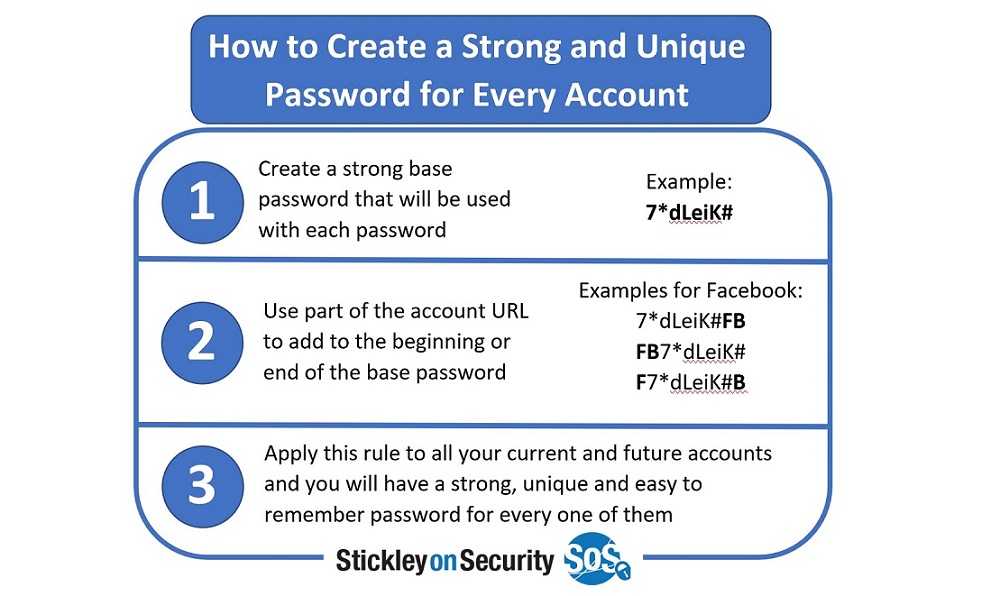Ok, so we may all not be able to don the luxury jewelry from Cartier like celebrities, but that doesn’t mean we should ignore cybersecurity news involving them. That’s because those are likely still learning opportunities for us all. In fact, a recent incident involving Cartier included customer data being stolen after a data breach of their website. This is on the heels of other data breaches of brands, not particularly luxury brands, such as Victoria’s Secret and The North Face.
What happened here is still under investigation, but what all of these reportedly have in common is that they are well-known brands with a lot of customers. That means, they have a lot of information that can be used for cyberattacks.
A British retailer, Marks & Spencer, also experienced a cyberattack, as did the tourist-favorite retailer, Harrod’s. No company, regardless of size, is immune to these.
In the Marks & Spencer case, attackers used credential stuffing to get into the accounts. This is when the criminals use previously stolen login credentials on a massive scale to get access. It happens more often than it probably should. This is when the attackers use automated tools to try thousands of credential combos at once.

What’s the remedy? Well, it starts with you. According to Malwarebytes, 84% of us still use the same password across multiple websites. That’s not a great idea. So, make an effort to use unique ones for every website you use.
Yes, this sounds rather daunting. However, it’s also necessary. Thankfully, there are tools to help.
Use clues to trigger your memory for the passwords. Another method is to use the same 6- or 8-character password and add on characters from the website you’re using to make a unique one. For example, if you’re shopping at Cartier, you could start with a base password of “U@mV1” and add on for a unique “U@mV1Ca” using the first two letters of the website name.
- Password management - There are password managers out there that can also store your passwords for you. While they are handy, just keep in mind that if those companies get breached, and they have, your passwords are in danger too. But, it’s better than reusing your passwords.
- Passkeys and one-time codes - These are more common now on most websites and are very handy tools. Passkeys are unique to you and one-time passcodes are just that, used once.
- The old-fashioned way - There’s always writing the login credentials on paper. While it’s not the best way, it can be effective for some. Just don’t leave it out in plain sight, especially in the office or in public spaces.
Fortunately, no payment information was acquired in any of the above breaches, as far as we know. But that doesn’t mean the information that was stolen isn’t useful. Even a name and email address can be used for spam and phishing.
If you get notified that a website you used was involved in a data breach, change your password immediately and keep an eye on your payment card charges. Report anything suspicious to your card issuer immediately.